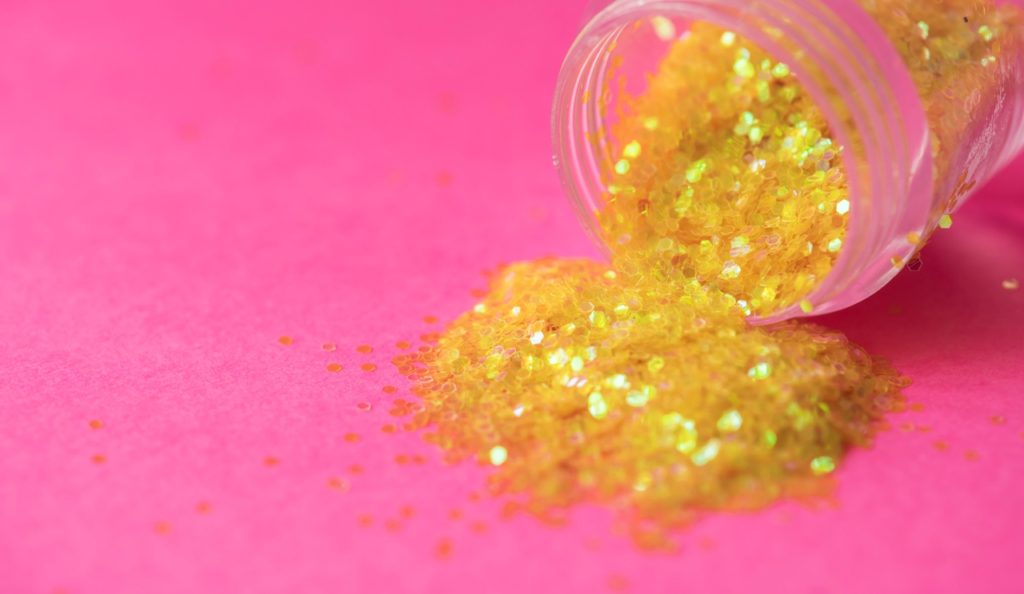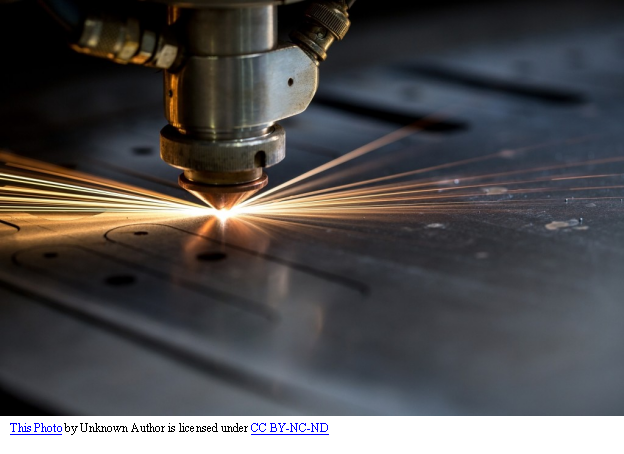Creating a customized perfume bottle takes work. It requires creativity and expertise to attract and please customers. Perfume bottle manufacturers must use innovative and advanced technological printing techniques to create attractive and aesthetically pleasing perfume bottles.
Customized and creative printing adds to the value of the products and makes the perfume stand out on the shelf.
This blog explains the various printing techniques for creating customized perfume bottles. Customization lies at the heart of intensive marketing efforts. Therefore, if you are looking for the perfect printing technique to customize your perfume bottle, this blog is for you.
Various Techniques for Creating Customized Perfume Bottles
1.Frosting
Perfume bottle manufacturers use frosting to increase the aesthetic and tactile image of a glass perfume bottle. The frosting gives the glass perfume bottle an opaque and translucent appearance and restricts sunlight from entering the contents.
The frosting gives glass perfume bottles a matte finish. This matte finish gives them an appearance of ice. Two popular techniques used for glass perfume bottle frosting are:
1.1 Sand Blasting
The sandblasting technique uses a uniform solution of glass frosting powder. This glass frosting powder attacks the surface of the glass perfume bottle uniformly, forming a uniform semipermeable layer of frosted glass on the perfume bottle’s surface.
1.2 Acid etching
Acid etching uses hydrofluoric acid to give glass perfume bottles a frosted appearance. It is a specialized glass fabrication process that requires the application and removal of an etching cream to create customized designs.
An advantage of acid etching is that it is not compulsory to apply it to the glass bottle. Designers can use this technique to create frosted vertical and horizontal lines and even graphics to create customized perfume bottles.
Frosting increases the value of the glass bottle. It is among the most convenient techniques for creating customized glass perfume bottles.
2. Flocking
Flocking is a unique technique for making customized perfume bottles. It utilizes electrostatic force to give a velvety texture to glass perfume bottle packaging. Flocking is a printing method that creates a layer of synthetic fiber on the glass perfume bottle’s surface. Before coating the fiber layer, a generous layer of glue is applied to the glass bottle’s surface.
The best part about flocking is that it is available in every color. The smooth, velvety texture that results from flocking is called “soft touch.”
In the perfume industry, flocking is combined with other packaging and printing options, such as screen printing. This enhances the appearance of the perfume bottle and makes it more visually attractive.
3. Application of Glitter
Who doesn’t like glittery glass perfume bottles? The application of glitter to customized glass perfume bottles is always in trend. But the question is:
How can glitter be applied to glass perfume bottles?
A lot of you might be thinking about how glitter sticks to glass.
It’s quite simple. The process consists of the following few steps:”
- First, an adhesive glue solution is applied to the bottle’s surface.
- The second step is the application of glitter to the glass surface.
- The third step is about drying the glitter; for this purpose, you must leave the glass bottle overnight to dry.
- Once dried, the last step is spraying a sealant. The sealant gives a good finish to the bottle.
Glitter application is the best and most unique way to add sparkle to your glass perfume bottle packaging. It is less time-consuming and also pocket-friendly.

4. Engraving
Glass engraving is a unique and accurate technique for customized perfume bottles. It can be done manually or with the help of laser engraving machines. It is a kind of glass carving technique. There are several methods of glass engraving. Here, we will discuss only a few of them.
5. Point Engraving
Point engraving is done by hand using a rotary diamond burr. The rotary diamond burr removes bits of the lass in such a way that the desired image is carved into the glass surface. The best thing about manual engraving is that the tools, such as the rotary diamond burrs, are not expensive at all.
6. Laser Engraving
This is the most innovative technique of g; ass engraving. The most important advantage of laser engraving is that it gives high precision. Therefore, laser engraving is desirable for more complex designs in customized perfume bottles.
As the name prescribes, this technique requires the use of laser engraving machines. Laser machines are operated with the help of using design processing software. The software programs the machines to create complex designs with high precision. All important factors of the machines are under control, such as frequency, power, and speed.
Other than precision and accuracy, laser engraving machines provide an infinite range of glass bottle customization options. These customizations can take the form of logos, writings, ornamental designs, and graphics.

7. Lacquering
You can lacquer a customized perfume bottle using a spray gun. Lacquering provides a variety of customization options. This single technique can give the customized perfume bottle a number of effects. For example, you can do complete or partial lacquering. The texture can be matte, shiny, translucent, or even opaque.
You can also apply the color to the interior and exterior of the glass perfume bottle.
8. Hot Stamping
Hot stamping is the transfer of metal foil on the surface of a glass perfume bottle. This process requires high pressure and high temperature for implementation. The deformation of a thin metal sheet known as a blank is used for stamping.
This metal foil can be one of three main colors: golden, silver, or any other color the customer desires.
The metal stamping process consists of the following steps:
- The blank is heated to 900-950 degrees Celsius, and the process continues for five to ten minutes in a furnace.
- The next step is transferring metallic foil onto the surface of the glass perfume bottle. The transfer process takes place under high pressure, which ensures that the stamp sticks to the surface properly.
In the hot stamping process, you need a custom stamp for every design. Therefore, this process is time-consuming and expensive. For better results, it is advisable to thoroughly clean the glass bottle surface.
9. Surface Treatment Techniques for Perfume Bottle Customization
9.1 Marble Coating
Marble coating is a very creative printing technique in the perfume packaging industry. It creates a marble-like finish and appearance on customized perfume bottles. This printing technique is more practical because it is environmentally friendly. The residue and waste water that it produces do not pollute the environment.
Another major advantage of this printing technique is that it is not exclusive to the shape of the bottle. Bottles of all shapes can have marble coating on them. To apply marble coating to a glass perfume bottle, you need to spray a transparent paint layer because it does not stick with the glass otherwise.
9.2 Thermochromism Coating
If you are looking for a trendy and latest technique for customized perfume bottles, then thermochromism coating is the answer. Thermochromism coating is unique because it changes its color at different temperatures. Yes, you read it right.
This is because of a special coating toner sensitive to temperature changes. This technique is interesting and innovative. It helps perfume manufacturers make their products look unique in the market.
9.3 Unique Crystallizing Coating
A unique crystallizing coating is performed after the perfume bottle has a basic coating. It adds a unique texture to the perfume bottle’s appearance and gives it a mineral stone effect. Brands can choose the coating according to their design requirements.
9.4 Holographic Coating
The holographic coating is amongst the most durable printing techniques. It is made using vacuum ion plating, which is probably the reason for its durability. It adds a colorful plating layer to the surface of customized perfume bottles. The durability and unique color application make it a preferred choice for perfume bottle manufacturers.
9.5 Screen Printing
Screen printing is also known as ACL, applied color labelling. It is a delicate process for creating customized perfume bottles, but it is durable and long-lasting. With this technique, you cannot only play with colors but also apply precious metals to your glass perfume bottles.
The design resulting from screen printing is more precise and has good finishing. It involves thin layers of ink, which makes the print look more detailed and delicate. A major advantage of screen printing is that when production is in large batches, it is the most cost-effective process.
10. Pad-Printing
When screen printing or hot stamping is not an option, perfume manufacturers can use pad printing for customized perfume bottles. Pad printing is a very detailed process that requires various steps and expertise.
The process is known as pad printing because it uses a pad to first transfer the ink on itself. Later, this pad is pressed onto the bottle’s surface to transfer the ink design to the bottle’s surface.
Pad printing is cost-effective and not labor-intensive. The software allows designers to create films in various colors and designs. Another advantage is that the printing resulting from pad printing is durable and can also withstand UV light.
Conclusion
There is a huge variety of printing techniques used to create customized perfume bottles. Some are easy to implement, and others are technical. Some are cost-effective, and some are expensive. Few printing techniques are old school but still in trend. Many techniques, such as pad printing and thermochromism coating, are among the latest innovative printing methods.
It depends upon priorities, expertise, and, most importantly, the perfume bottle manufacturers’ budget and the technique they prefer. However, whichever technique they choose, they should ensure that it is durable, long-lasting, and, most importantly, appreciated by their customers.

